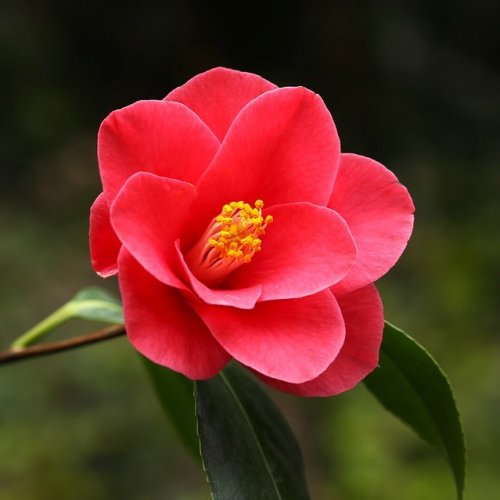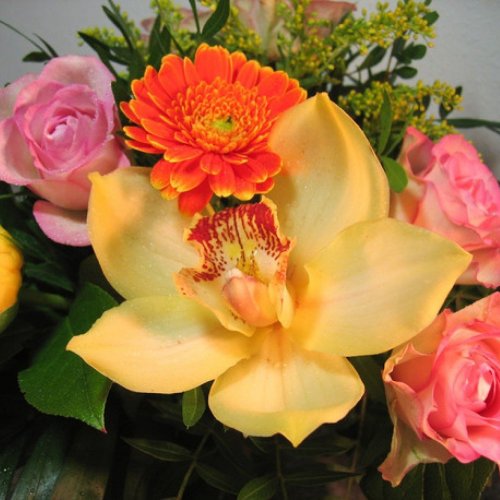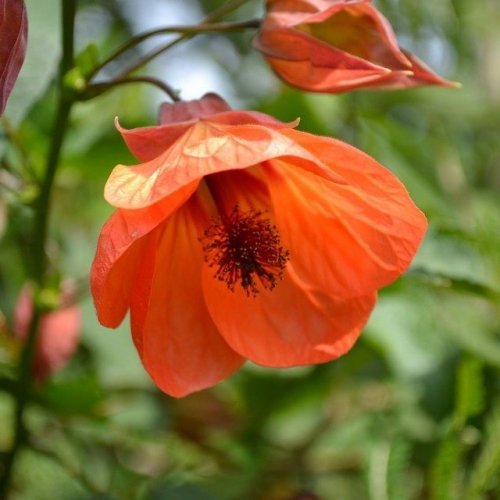Flowers Quiz: Guess the Flower in the Picture

Free online printable quiz with multiple-choice questions (MCQ) without registration.
Spring is coming in great strides. Snow melts, streams flow, and snowdrops raise their bright heads to the sun. And soon it will be summer, and in the fields will bloom magnificent in their simplicity flowers. Among them will be a lot of daisies, but today we will talk not only about them, and quite different flowering plants, most of which can be called a field.
The Flowers Quiz with pictures and hints, which we offer you to take today, consists of very interesting questions of different complexity. We believe that you can do it. Or learn something new for yourself. Let's go!
Test yourself
Found a mistake? Select it and press Ctrl+Enter
For each question choose one of the multiple answers then click done to check your results.




